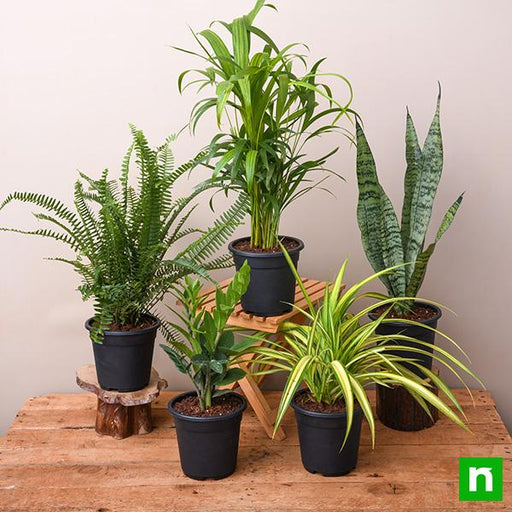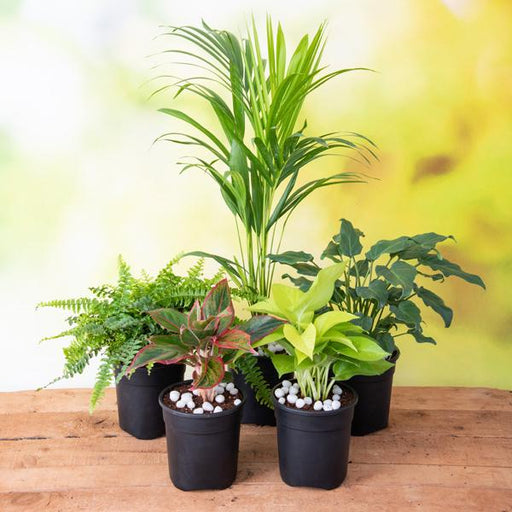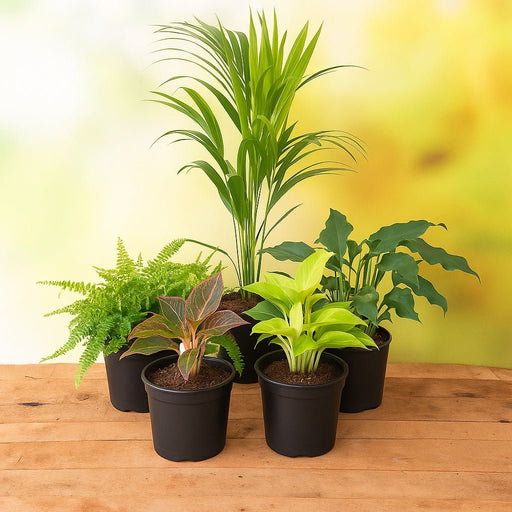Types of Ground Cover Plants
There are a variety of ground cover plants available, each with its own unique characteristics and growing requirements. In this article, we'll explore some of the most popular types of ground cover plants and offer tips for choosing the right ones for your garden.
Best Ground Cover Plants for Shade
If you have a shaded area in your garden, there are still plenty of ground cover plants that can thrive in this environment. In this article, we'll explore some of the best ground cover plants for shade and offer tips for growing them successfully.
Best Ground Cover Plants for Sun
If you have a sunny area in your garden, there are also plenty of ground cover plants that can thrive in this environment. In this article, we'll explore some of the best ground cover plants for sun and offer tips for growing them successfully.
How to Plant Ground Cover Plants
Planting ground cover plants requires careful planning and preparation. In this article, we'll offer step-by-step instructions for planting ground cover plants and offer tips for ensuring their success.
How to Care for Ground Cover Plants
Ground cover plants require regular maintenance and care to ensure their health and beauty. In this article, we'll offer tips and guidelines for caring for ground cover plants.
How to Control Weeds in Ground Cover Plants
Weeds can be a problem for ground cover plants, competing for water and nutrients and detracting from their beauty. In this article, we'll offer tips for controlling weeds in ground cover plants.
Ground Cover Plants for Erosion Control
If you have a sloped area in your garden, ground cover plants can be an effective solution for controlling erosion. In this article, we'll explore some of the best ground cover plants for erosion control and offer tips for growing them successfully.
Ground Cover Plants for Pollinator Gardens
Ground cover plants can also be a valuable addition to pollinator gardens, providing food and habitat for bees, butterflies, and other pollinators. In this article, we'll explore some of the best ground cover plants for pollinator gardens and offer tips for growing them successfully.
Low-Maintenance Ground Cover Plants
If you're looking for ground cover plants that require minimal maintenance and care, there are plenty of options available. In this article, we'll explore some of the best low-maintenance ground cover plants and offer tips for growing them successfully.
Ground Cover Plants for Walkways
Ground cover plants can be an attractive and practical solution for covering walkways and other pathways in your garden. In this article, we'll explore some of the best ground cover plants for walkways and offer tips for growing them successfully.
Ground Cover Plants for Landscaping
Ground cover plants can be a valuable addition to any landscaping project, providing beauty, texture, and practical benefits. In this article, we'll explore some of the best ground cover plants for landscaping and offer tips for growing them successfully.
Ground Cover Plants for Rock Gardens
Ground cover plants can be a beautiful addition to rock gardens, providing color, texture, and contrast. In this article, we'll explore some of the best ground cover plants for rock gardens and offer tips for growing them successfully.
Ground Cover Plants for Water Features
Ground cover plants can also be a valuable addition to water features, providing natural beauty and helping to maintain a healthy ecosystem. In this article, we'll explore some of the best ground cover plants for water features and offer tips for growing them successfully.
Edible Ground Cover Plants
Ground cover plants can also be a source of food and nutrition in your garden. In this article, we'll explore some of the best edible ground cover plants and offer tips for growing them successfully.
Ground Cover Plants for Deer Control
Deer can be a significant problem in many gardens, feeding on flowers, fruits, and vegetables. In this article, we'll explore some of the best ground cover plants for deer control and offer tips for growing them successfully.
Ground Cover Plants for Slopes
Sloped areas in your garden can be challenging to plant and maintain, but ground cover plants can be an effective solution. In this article, we'll explore some of the best ground cover plants for slopes and offer tips for growing them successfully.
Evergreen Ground Cover Plants
Evergreen ground cover plants can provide year-round color and texture in your garden. In this article, we'll explore some of the best evergreen ground cover plants and offer tips for growing them successfully.
Ground Cover Plants for Full Sun and Heat
If you have a sunny area in your garden that gets hot during the summer, there are still plenty of ground cover plants that can thrive in this environment. In this article, we'll explore some of the best ground cover plants for full sun and heat and offer tips for growing them successfully.
Ground Cover Plants for Full Shade
If you have a heavily shaded area in your garden, there are still plenty of ground cover plants that can thrive in this environment. In this article, we'll explore some of the best ground cover plants for full shade and offer tips for growing them successfully.
Ground Cover Plants for Attracting Wildlife
Ground cover plants can also be an effective way to attract wildlife to your garden, providing food and habitat for birds, butterflies, and other animals. In this article, we'll explore some of the best ground cover plants for attracting wildlife and offer tips for growing them successfully.
































































